CPM D2 is a powdered version of the traditional D2 tool steel, manufactured using the Crucible Particle Metallurgy (CPM) technology by Crucible Industries. Compared to conventional D2, CPM D2 steel has improved strength, toughness, wear resistance, and better edge retention, along with better grindability (it is easier to grind).
The steel contains high levels of carbon and chromium, which provides high hardness. However, due to its relatively low chromium content, it requires careful handling to avoid corrosion.
Alloys that contain less than 50% iron and have better properties in terms of corrosion resistance, acid resistance, and heat resistance are not considered steels. Alloys containing less than 10.5% chromium are not considered stainless steels.
Therefore, is CPM D2 stainless steel !?
Constantly raising the bar for themselves, the Crucible company pulverized and remelted its revered D-2 steel into a powdered state to obtain CPM D2. This allowed for a more uniform distribution of carbides, adding even better wear resistance to an already impressive steel.
Conventional D-2 steel, which in this more distributed state is considered high-carbon, is air-hardening, which can create difficulties for the amateur craftsman.
Nevertheless, with proper heat treatment and grinding, CPM D2 is a monster in any application, enduring everything a user throws at it and seemingly asking for more.
The high concentration of carbon and carbides allows for the formation of a cutting edge whose burr is often described as extremely sharp, regardless of the loads and usage.
If there is a drawback to this steel, it is perhaps not the best corrosion resistance, but with proper care and maintenance, it yields a knife worthy of several lifetimes.
The improved properties of CPM D2 are a direct consequence of the innovative powder metallurgy (CPM) technology. This process involves melting the steel, rapidly atomizing it into microscopic granules, and subsequently consolidating it under high pressure and temperature. This method allows for the avoidance of the non-uniform segregation of large carbides, which is characteristic of traditionally melted D2. Thanks to this, CPM D2 has higher purity, significantly finer grain, and uniform distribution of carbides, which not only increases its toughness (resistance to chipping) but also ensures the stability of the cutting edge.
It is this homogeneous microstructural composition that makes CPM D2 especially valuable for the manufacture of high-quality knives and tools, where a perfect balance between hardness (ability to hold an edge) and strength (ability to resist fracture) is required. Knifemakers often prefer this steel because, despite the high complexity in heat treatment, its end result is a blade with an extremely sharp edge capable of withstanding serious working loads. Users who are willing to pay attention to tool care (especially in high humidity conditions) are rewarded by CPM D2 with exceptional durability.
Chemical composition
| Chemical composition of CPM D2 steel grade | ||||||||
| C | Cr | Mo | V | Mn | Si | P | S | Fe |
| 1,54 | 11,3 | 0,76 | 0,92 | 0,31 | 0,81 | 0,016 | 0,014 | Other |
Physical properties
| Modulus of elasticity | 30 X 106 psi | 207 GPa |
| Density | 0.281 lbs./in3 | 7.78 g/cm3 |
Thermal conductivity
| BTU/hr-ft-°F | W/m-°K | cal/cm-s-°C | |
| at 200°F (95°C) | 14.0 | 24.2 | 0.057 |
Coefficients of thermal expansion
| inch/inch/°F | mm/mm/°C | |
| -100 to 70°F (-74 to 21°C) | 3.90X10-6 | 7.02x10-6 |
| 70-100°F (21-38°C) | 4.07X10-6 | 7.33X10-6 |
| 70-300°F (21-149°C) | 5.75X10-6 | 10.35X10-6 |
| 70-500°F (21-260°C) | 6.06X10-6 | 10.91X10-6 |
Heat treatment
Important - before heat treatment
- Knives should be cleaned by washing in soapy water, and then, before beginning heat treatment, either placed in a foil pouch or coated with a high-temperature anti-scaling / anti-decarburization compound (anti-scale / anti-decarburization agent), unless you are using oxygen-free heat treatment equipment.
- Skipping steps such as pre-heating and equalizing or cryogenic treatment will result in lower hardness, a greater amount of retained austenite (RA), poor stain resistance, or other issues. Increase the temperature as fast as possible (AFAP) between pre-heating and austenitizing temperatures.
- It is recommended to clamp the piece flat after quenching - during cryo or tempering - to avoid warping caused by thermal shock.
- The provided values reflect quenching under positive pressure using aluminum plates and compressed air down to 125°F / 50°C or lower. Alternative quenching methods may result in lower hardness, high retained austenite content, or other issues.
| Pre-heat / Equalize | Pre-heat / Equalize | Austenitizing Temperature | Expected Rockwell Hardness (RC) (post-quench, pre-cryo) |
| 1200°F / 650°C. Hold 10-15 min. | 1400°F / 760°C. Hold 10-15 min. | 1850°F / 1065°C. Hold 30 min. | 61 Rc (63 post-cryo) |
Cryogenic treatment (cryo)
Cryogenic treatment is recommended for retained austenite conversion and can be performed either before or after the first temper cycle.
- Although liquid nitrogen is preferred, immersion in a dry ice and kerosene bath will be sufficient to reach a temperature of −100°F / −74°C.
- The duration of immersion for cryogenic treatment is 1 hour, depending on the thickness and number of blades.
- Cryogenic treatment can be performed immediately after quenching, but it is recommended that the blades be clamped flat to avoid warping caused by thermal shock. Cryo must always be followed by a tempering cycle.
Tempering
- Once the blade is quenched and has reached a temperature close to room temperature, it should be adequately tempered. The suggested soak time is necessary to ensure a uniform and constant temperature.
- The given values are representative of industrial standards.
- If you are using a small toaster oven or domestic kitchen oven for tempering, using a blade holder made of furnace furniture, a baking sheet lined with fine sand, or a similar large object will help maintain thermal mass. This will reduce significant temperature fluctuations when the device attempts to maintain the set level.
- Note: Final hardness values depend on the initial hardness after quenching and the percentage of conversion to martensite. Only reliable testing methods, such as a calibrated Rockwell hardness tester, can provide actual hardness values. Calibrated files and hardness testing chisels are relative methods and are inaccurate for determining the true hardness magnitude.
- Temper twice for 2 hours each time.
| Temperature | Hardness (2 hours × 2 times) |
| 300°F / 149°C | 62 |
| 400°F / 204°C | 61 |
| 500°F / 260°C | 60 |
| 600°F / 316°C | 59 |
Manufacturers caution against tempering at temperatures of 800°F / 425°C and above, as this will result in sensitization (increased sensitivity), causing a reduction in toughness and corrosion resistance.
Heat treatment disclaimer
- The suggested heat treatment is based on recommended specifications for use in furnaces, high-temperature salts, and similar, properly calibrated equipment, and adheres to proper industrial quenching standards. Deviations from industry standards for schedules, equipment, quenching media, and hardness testing equipment may result in different outcomes. The information provided on this page is generalized in accordance with the aforementioned standards and methods. This is why soak times and similar aspects may vary in duration to allow a margin for the available heat treatment equipment and the steel's cross-section.
- If you are uncertain about having the necessary means to perform heat treatment on-site, we recommend professional heat treatment services, or specialized services from knife material dealers. Check with suppliers if they offer heat treatment services and ensure they adhere to industry standards.
- The manufacturer is not responsible if proper industrial heat treatment protocols are not followed, especially if you send the material to an independent heat treatment service provider who does not comply with the prescribed schedule or standards for this specific steel, or for damage they cause during storage.
CPM D2 is a powdered tool steel recognized in the knife industry as "semi-stainless" due to a balance between high wear resistance and moderate corrosion resistance.
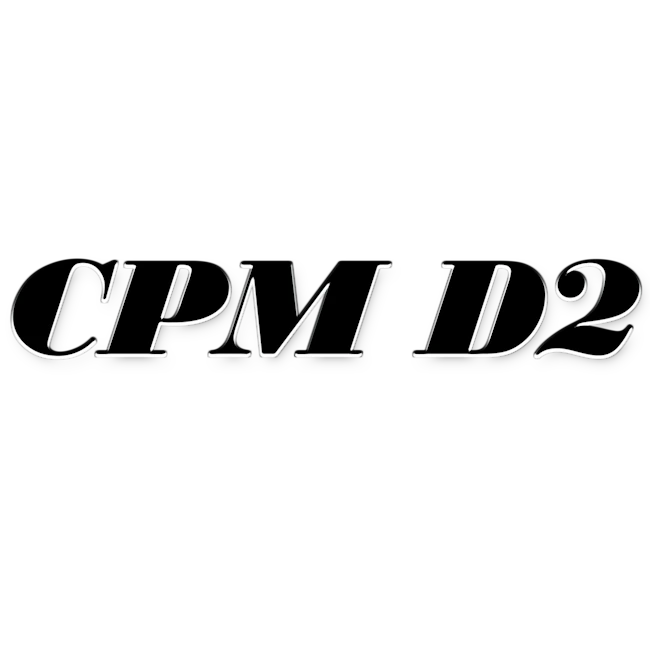
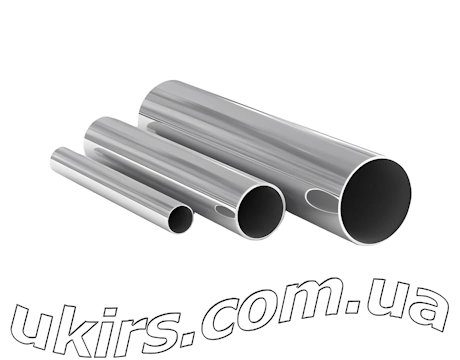 Stainless Steel Round Pipe
Stainless Steel Round Pipe 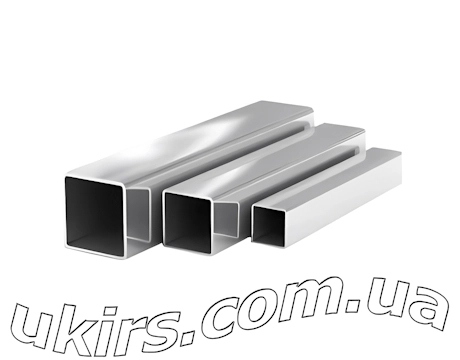 Stainless Steel Square Pipe
Stainless Steel Square Pipe 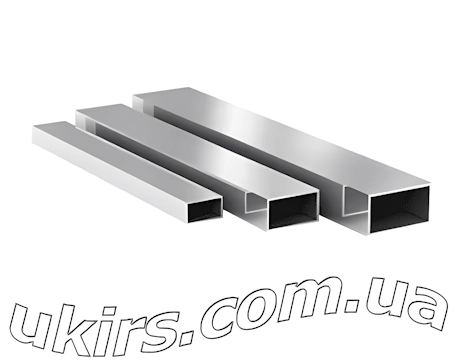 Stainless Steel Rectangular Pipe
Stainless Steel Rectangular Pipe 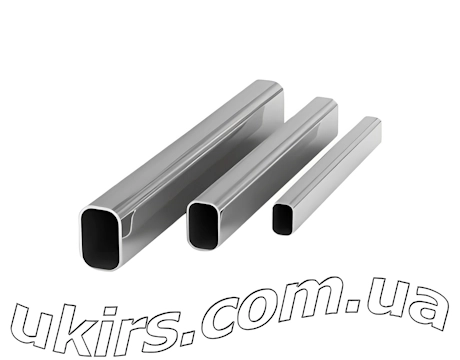 Stainless Steel Oval Pipe
Stainless Steel Oval Pipe 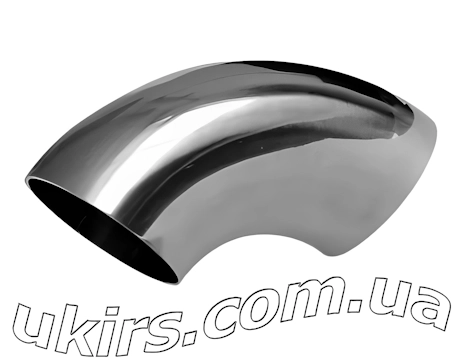 Stainless Steel Elbow
Stainless Steel Elbow 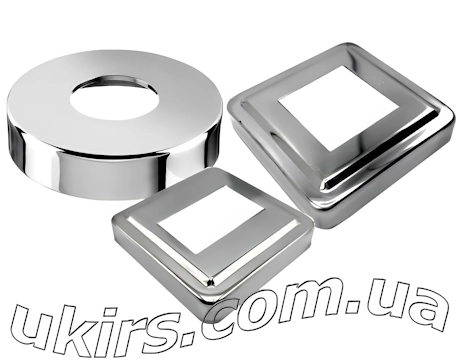 Stainless Steel Decorative Cover
Stainless Steel Decorative Cover 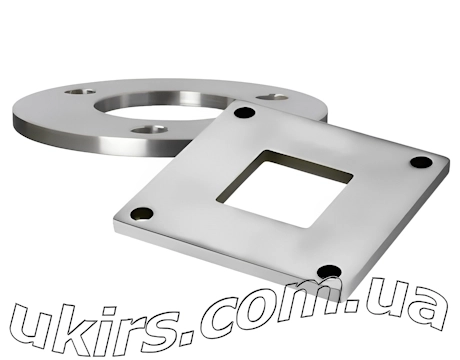 Stainless Steel Flange
Stainless Steel Flange 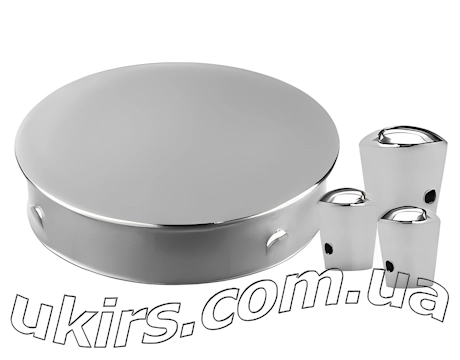 Stainless Steel Plug / Cap
Stainless Steel Plug / Cap 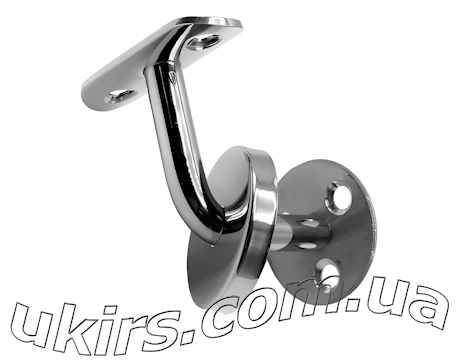 Stainless Steel Handrail Holder
Stainless Steel Handrail Holder